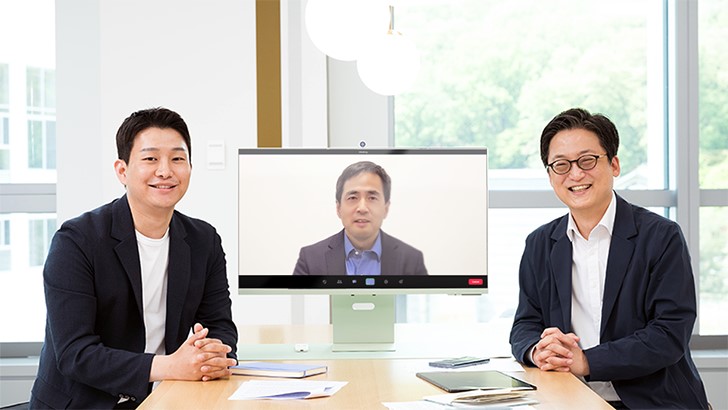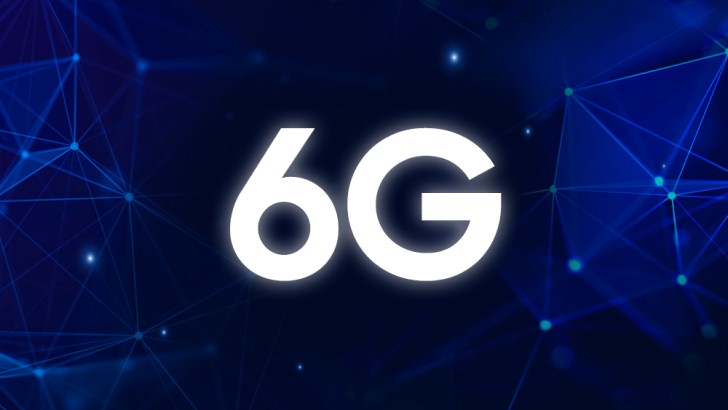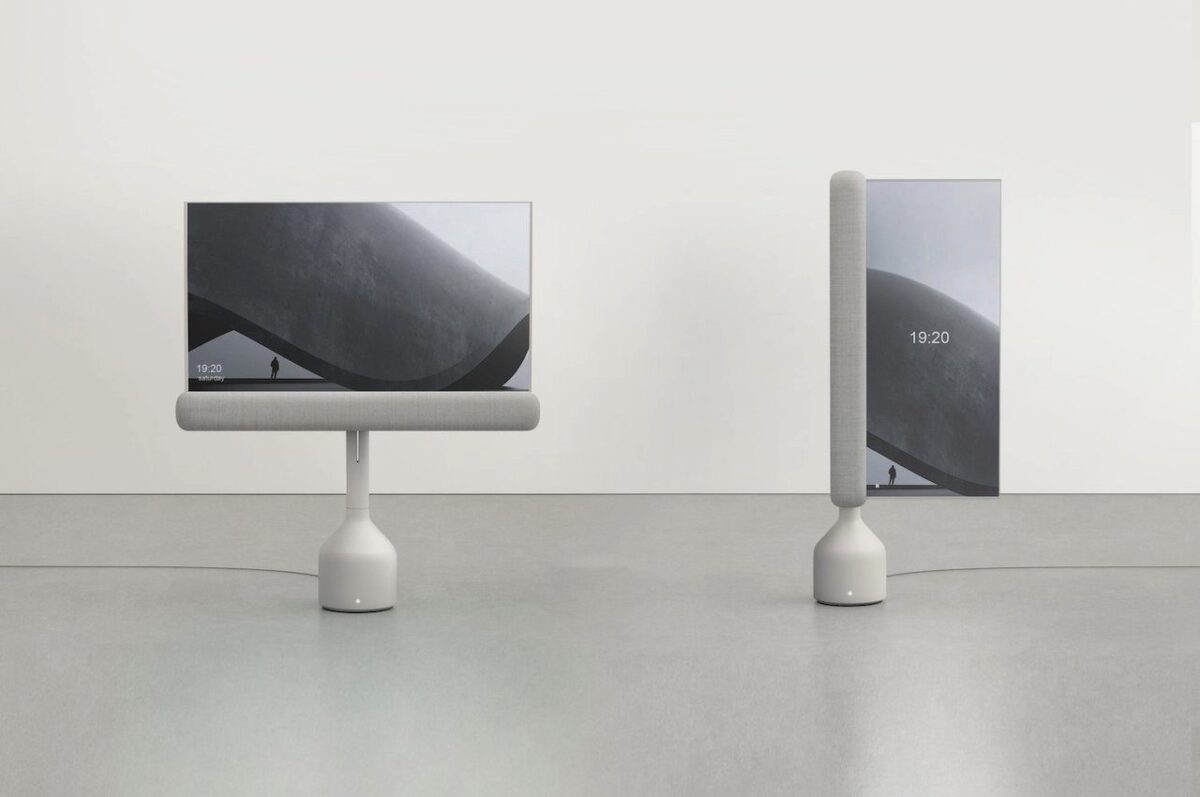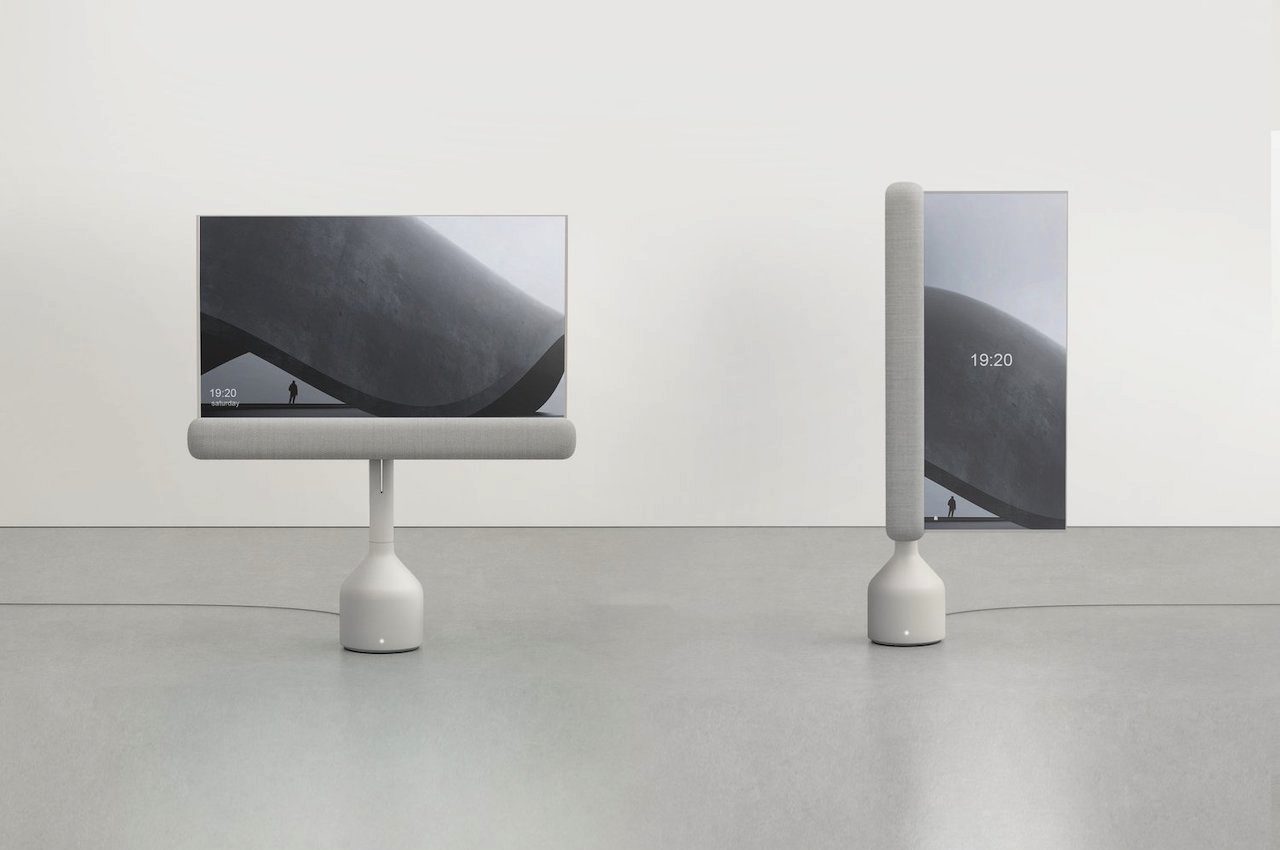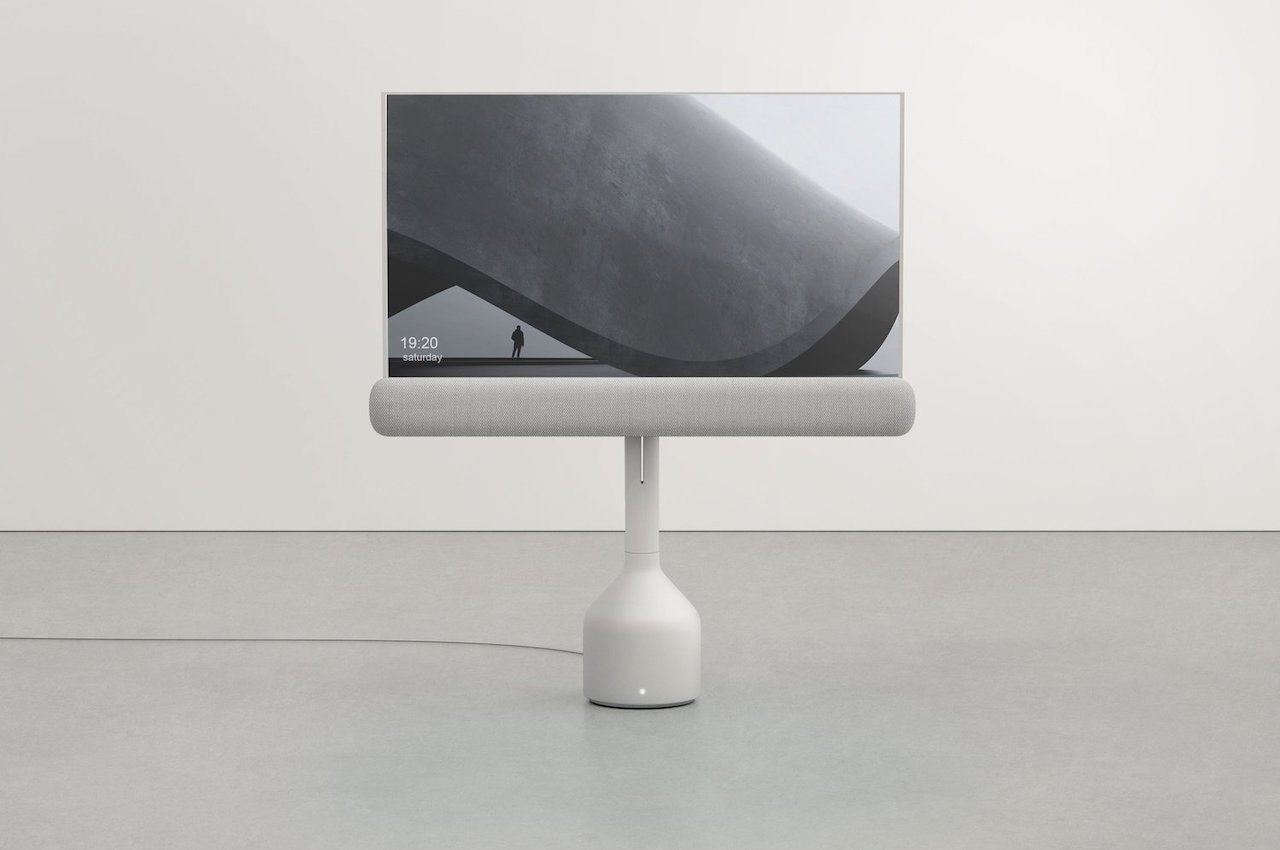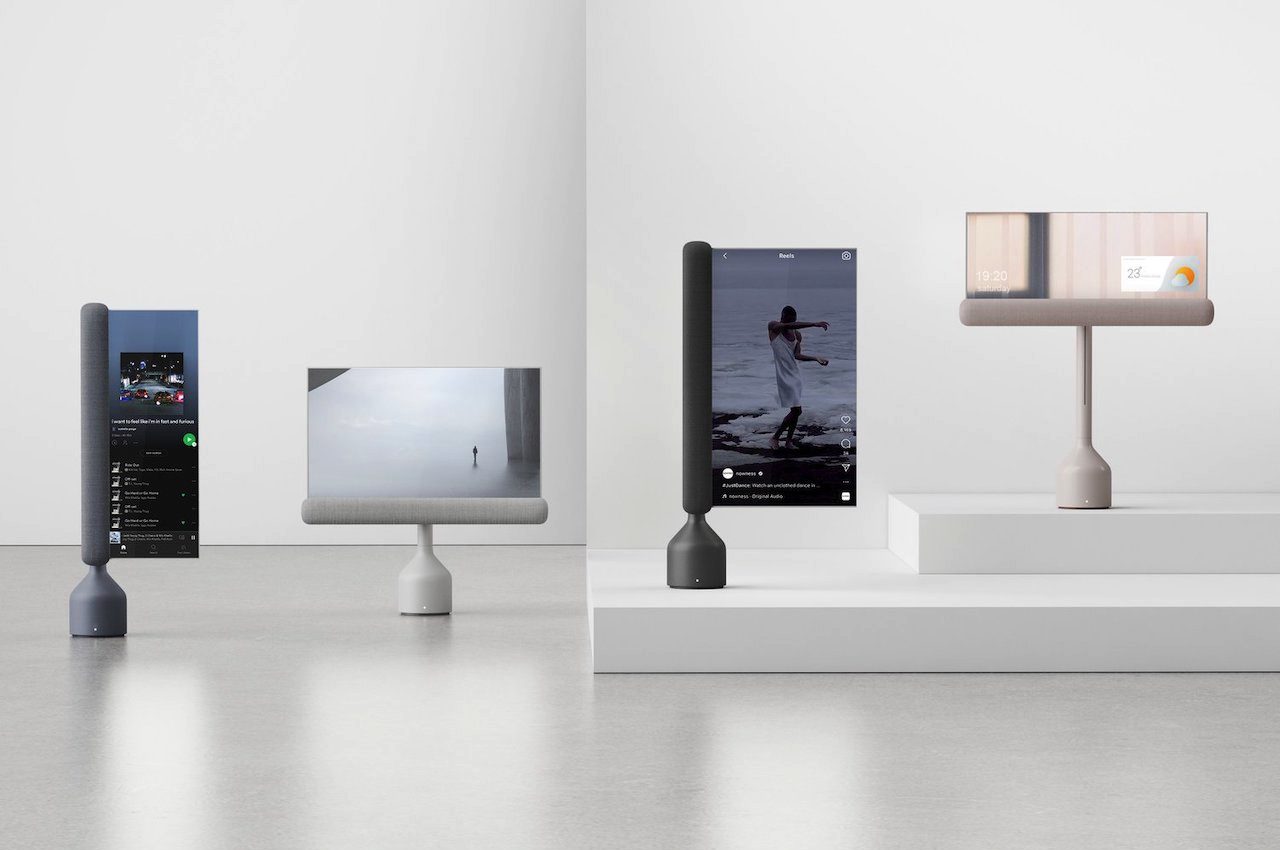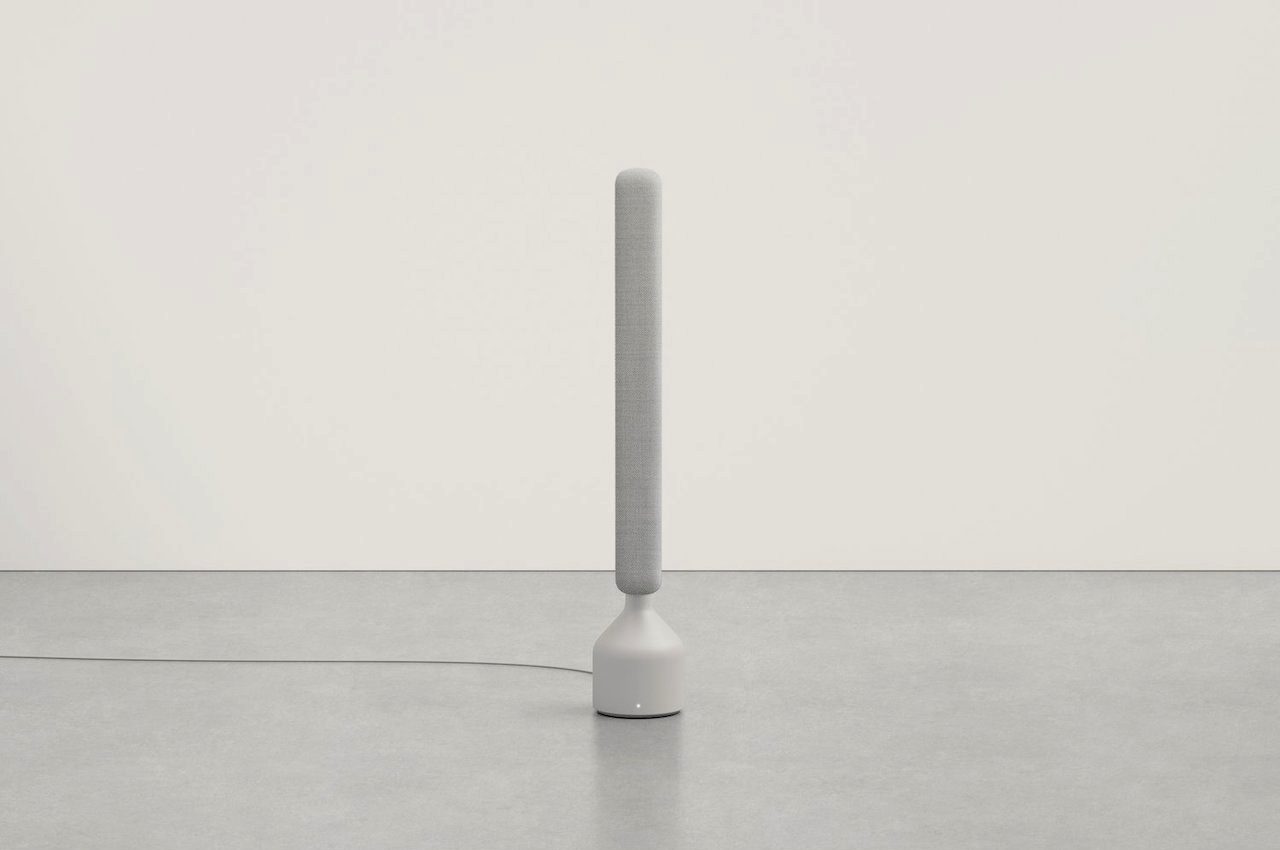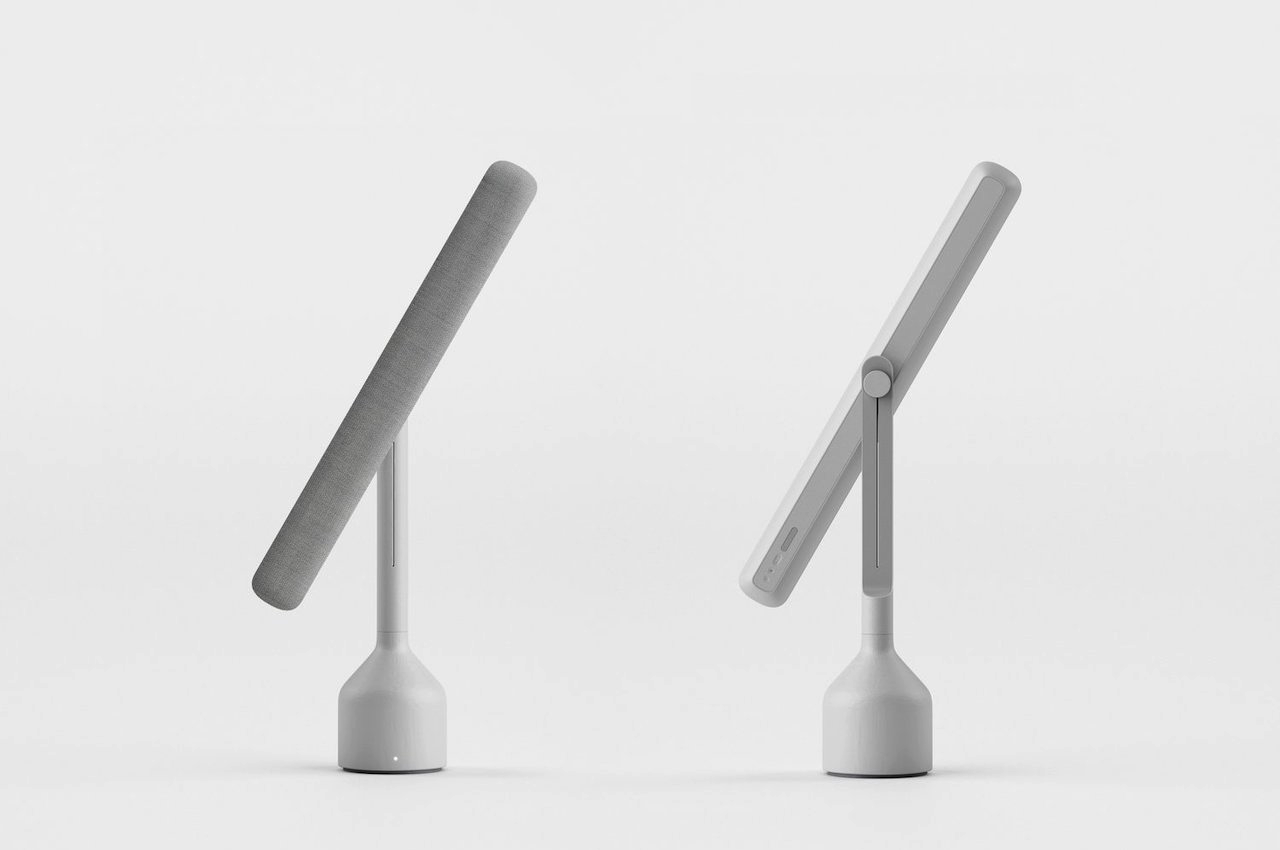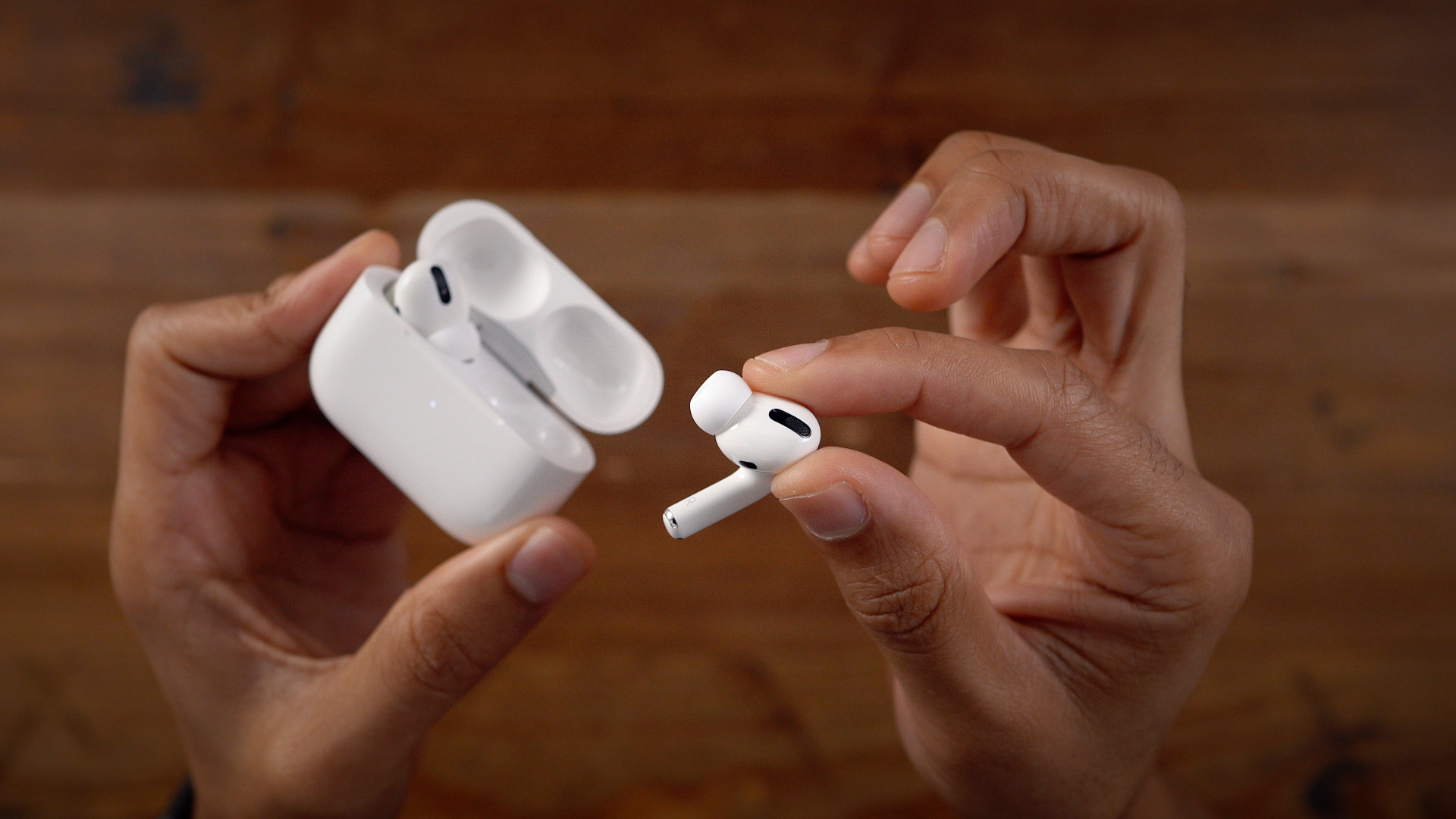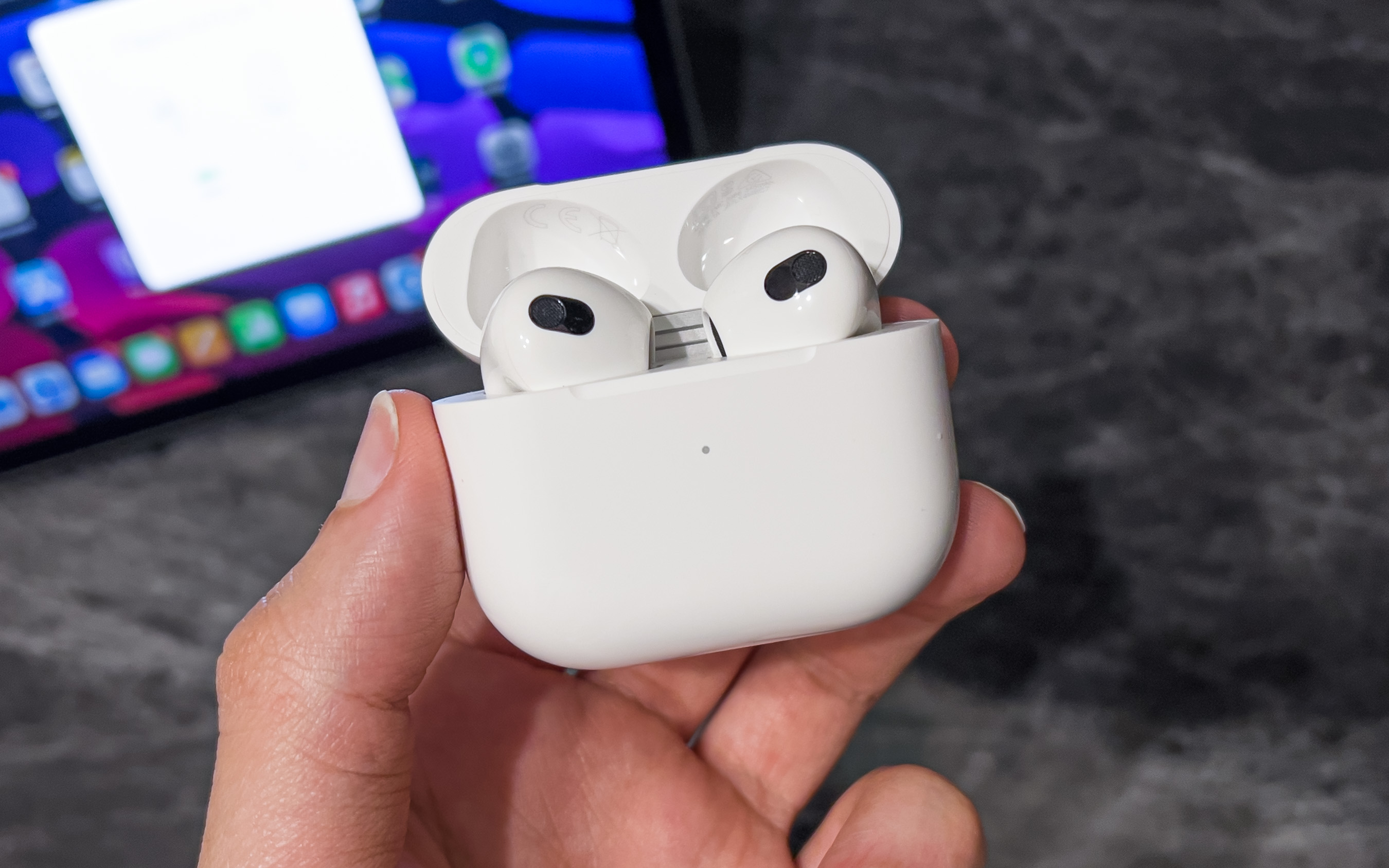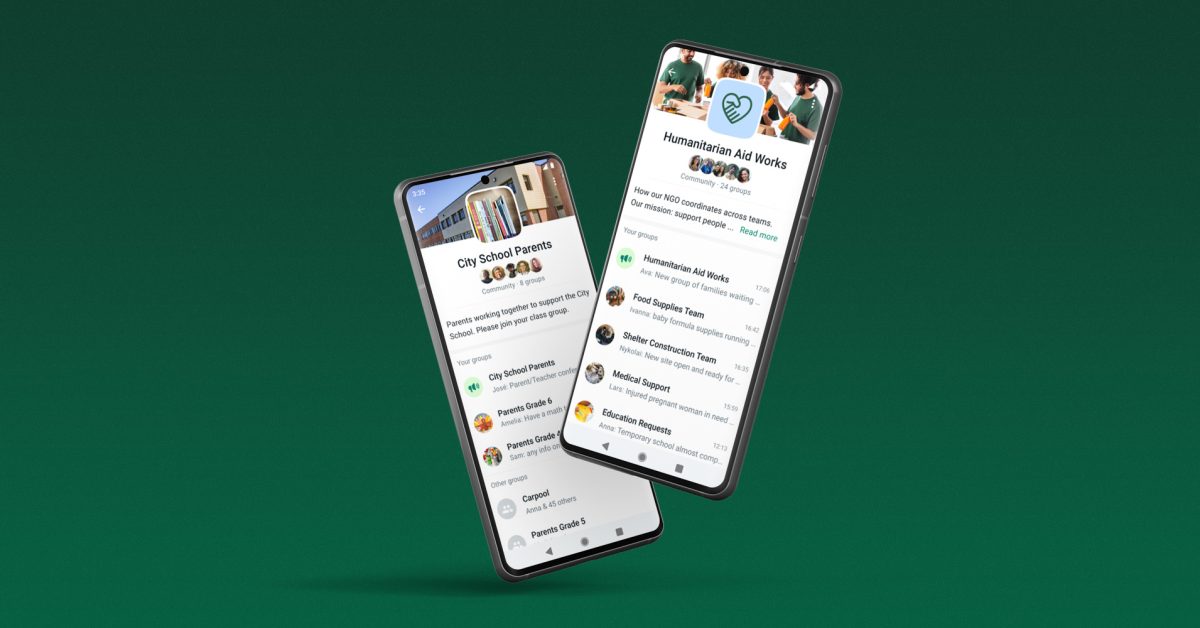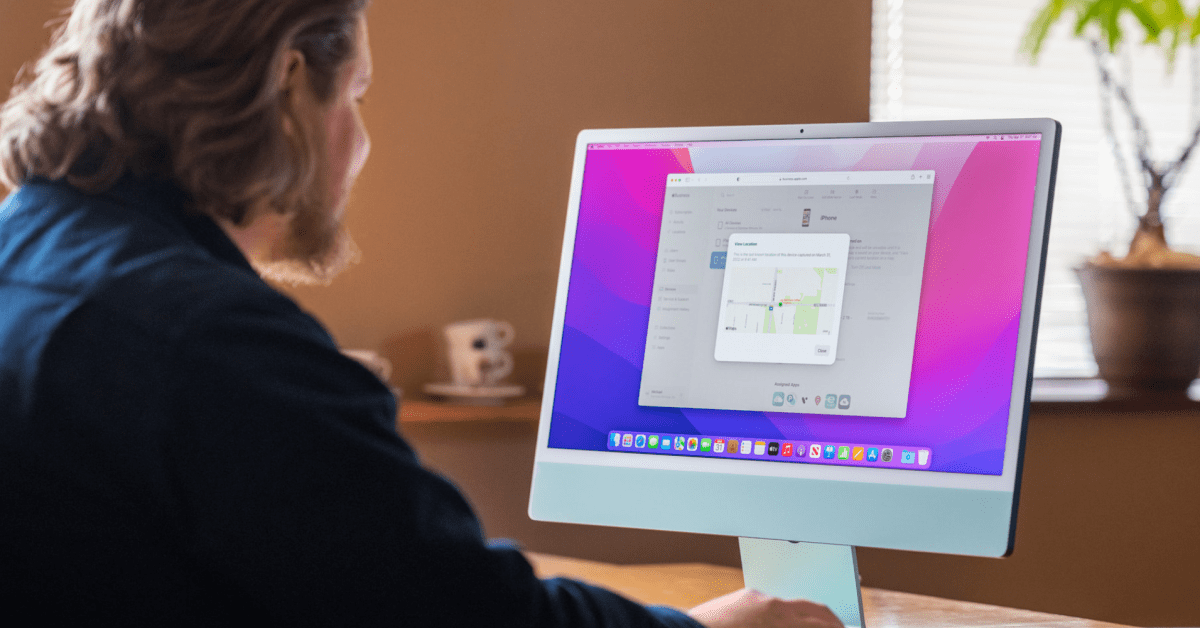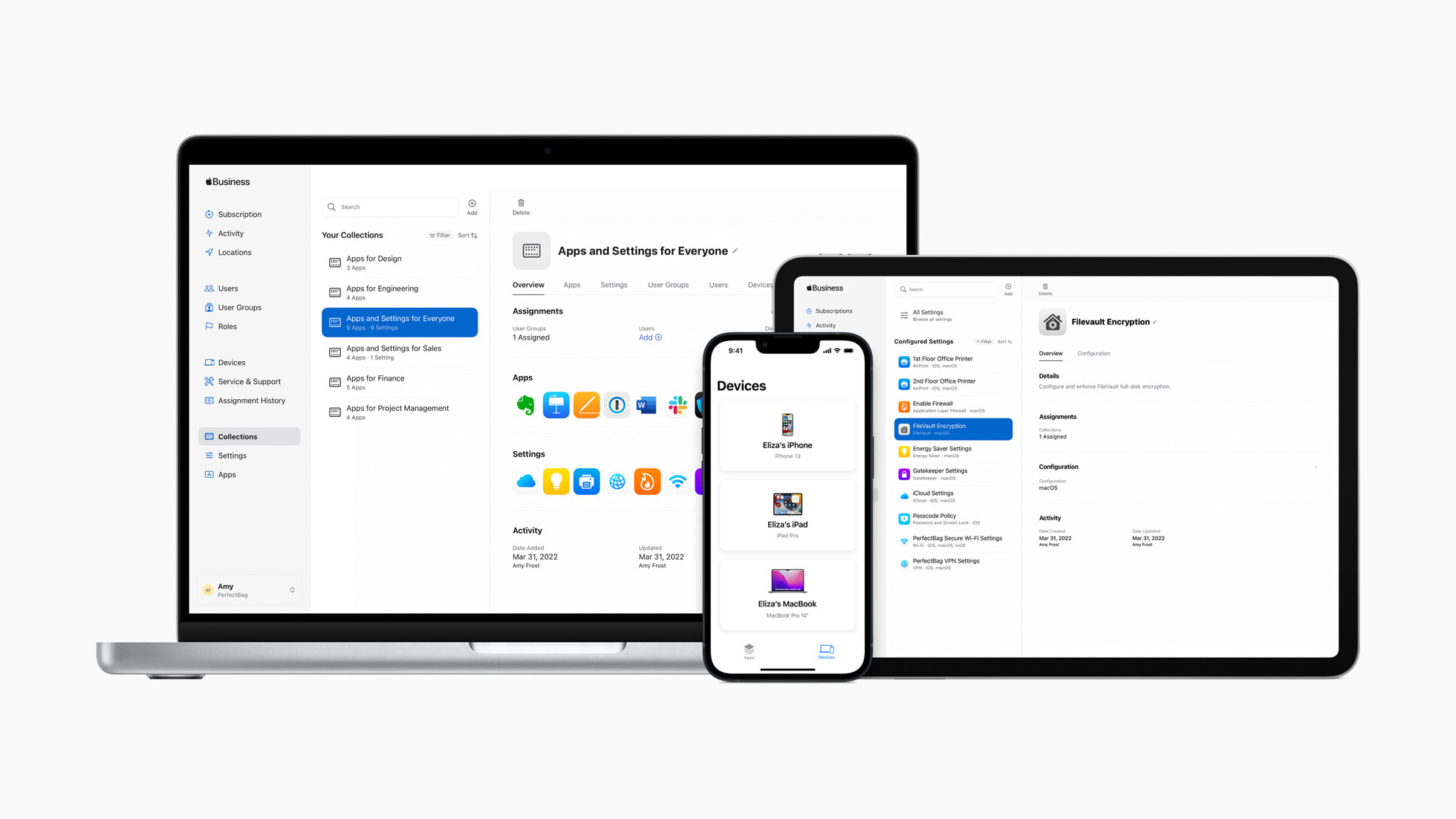The next generation of communications technologies, 6G, is set to bring about an all-new era of connectivity. With connectivity speeds up to 1 Tbps (one trillion bits per second) data transmission rate, real-time conversations with people on the other side of the world via holograms, as well as connected networks that support our vehicles, robots and even home appliances, are no longer going to be mere visions of science-fiction once 6G is commercialized.
As anticipation and competition ramp up around the development of 6G technology, Samsung Electronics is set to hold its first-ever Samsung 6G Forum on May 13.
As competition and anticipation mount around the development of G technology, Samsung Electronics will hold its first-ever Samsung [******************************************************************************************************************************************************]G Forum on May [******************************************************************************************************************************************** ********************************************************************************************************************************************************
In order to introduce some of the technologies being prepared by Samsung ahead of the upcoming Forum, Samsung Newsroom undertook a virtual roundtable with Samsung Research’s1 leading experts in the field. Sunghyun Choi, Executive Vice President and Head of the Advanced Communications Research Center at Samsung Research, and Charlie Zhang, Senior Vice President at Samsung Research America, came together virtually to share some of their most recent research and breakthroughs within the 6G communications technologies, as well as what they anticipate the future of the field will look like. The virtual roundtable was moderated by Jaebum Park, researcher at Samsung Research’s 6G Research Team.
Read on to learn more about the groundbreaking work Samsung Research has been undertaking in order to prepare for the next generation of communications technologies.


Jaebum Park Welcome and thank you to both of you for joining this online roundtable. Firstly, as are all well aware, the competition surrounding the development of 6G technologies has steadily been increasing. After accomplishing the world’s first commercialization of 5G, Samsung is now working hard at its research and development (R&D) into 6G. Why is this 6G R&D so important?
Sunghyun Choi 6G is the next-generation communications technology that will bring huge changes to every aspect of our lives, as well as to various industries. To make it a reality, this technology requires a lot of investment and effort. Samsung is striving to lead 6G R&D and standardization, with the goal of bringing next-level, hyper-connected experiences to our customers.

Park In July 2020, Samsung released a white paper entitled “The Next Hyper-Connected Experience for All.” which outlined the company’s vision for 6G. Can you tell us more about the technologies Samsung currently is working on to realize this vision?
Choi 6G is expected to be characterized by ultra-wideband, ultra-low latency, ultra-intelligence and hyper-spatialization. Unlike communications technologies of previous generations, 6G is expected to incorporate artificial intelligence (AI) technology. Samsung has developed a variety of new solutions to this problem. For example, an AI-based technology reduces the power consumption of base stations and a technology that uses AI at the receiver in order to correct the distortion of the transmitter’s power amplifier. These technologies can greatly improve coverage and quality for high-rate data signals. We have also seen growing demand for greater coverage.
In response to these requirements, Samsung proposes considering all available bands for 6G, from low-band under 1 gigahertz (GHz) to mid-band in the 1-24 GHz range and through to high-band in the 24-300 GHz range. We also need to consider the existing bands used for 3G, 4G and 5G networks. The transmission distance of higher bands is shorter. In order to mitigate this issue, Samsung has developed solutions such as Cross Division Duplex (XDD) technology, whose standardization process is already underway, and is also pursuing the development of technologies such as Reconfigurable Intelligent Surface (RIS), which improves beam sharpness and can steer or reflect the wireless signal to a desired direction by use of a metamaterial surface.
The Samsung Research Advanced Communications Research Center in fact recently published a white paper, entitled “6G Spectrum: Expanding the Frontier” which includes ways to obtain the spectrum needed to achieve the company’s 6G vision. In the field of next-generation communication technologies, we are working closely with both industry and academia.


Park The white paper lays out the company’s vision for securing global frequency bands for 6G. I have heard that Samsung Research America, along with Samsung Research and researchers at the University of California, Santa Barbara (UCSB), recently managed to successfully demonstrate wireless communications in the terahertz (THz) band which is one of the candidate bands for 6G.
Charlie Zhang The THz spectrum covers from 100 GHz to 10 THz. The team created a prototype proof-of-concept system that could demonstrate the potential for the THz spectrum. This included GHz to [*******************************************************************************************************************************************************].
In collaboration with Professor Mark Rodwell’s research team at UCSB and the Samsung Research team based in Korea, in 2021, we succeeded in demonstrating 6G THz wireless communication with phased-array beamforming capability.
Even though we still have a long way to go to improve the performance, this achievement of phased-array beamforming at a long distance is an important milestone for THz research as it demonstrated the clear potential of the THz spectrum for future cellular communication.


Park The commercial launch of 6G is not expected to occur soon. However, the competition surrounding the development of 6G technologies has steadily been increasing. What would you characterize as Samsung’s unique advantages when it comes to developing these next-generation technologies?
Choi Samsung is a company that offers a wide variety of products, ranging from smartphones and base stations to chipsets – something that it is not at all common in the industry. Furthermore, in April 2019, Samsung was among the first to realize the commercialization of 5G. Samsung also has a strong track record of having led technology standardization with its partners for many years at the telecommunications standards organization that develops unified global standards for mobile telecommunications, the 3rd Generation Partnership Project (3GPP).
Zhang In order to accelerate the development process of the next generation telecommunications system to the point where it can become a commercial reality, development and utilization of various technologies are key, and at Samsung Research, we are very happy to see that many partners are joining us in these efforts. Samsung Research was one of the first research institutes in the world to publish a 6G vision white paper. Following on from our previous collaborations, we will continue, along with various partners, to identify key solutions in order to successfully commercialize 6G technology.
Park I understand that the standardization of 6G technology is expected to begin around 2025. Could you please introduce the standardization process and the work that needs to be done to successfully achieve 6G standardization?
Choi The future of communications technology will be defined by its ability to bring the next hyper-connected experience to all. Communication technologies allow human-to human, machine-tomachine, and human-to human connections. To connect different devices or machines, we need the same standard of communications across the board, and the process to set this standard is called ‘standardization.’ To standardize the communications technologies, the International Telecommunication Union Radiocommunication Sector (ITU-R), an agency of the United Nations, first defines the technical requirements, which is then followed by the work of organizations such as 3GPP to establish technical standards according to these requirements. Through the submission of proposals, consensus is reached among the constituting members.
While it is essential to develop outstanding technologies, it is also important to form a consensus on 6G technologies in the standardization process. As part of this effort, Samsung is holding its first-ever Samsung 6G Forum on May 13, which will see leading experts from all over the world in the mobile communications field gather to discuss 6G.


Park Can you please elaborate more on what we can expect from Samsung’s first-ever 6G Forum?
Choi The upcoming Samsung 6G Forum will be a sphere within which the world’s top experts in the field can set the tone for the future of 6G. We are set to have presentations and panel discussions on the topic of 6G air interface in the morning, and will then hold presentations and panel discussions about AI-based intelligent networks for 6G in the afternoon. Anyone interested in 6G technologies is able to participate in the Forum through online pre-registration.
Zhang At the 6G Forum, Samsung will be demonstrating some of the 6G candidate technologies that it has been developing over the past three years, as well as the company’s vision for future technology development. Although there is still a long road ahead of us before we achieve 6G commercialization, I believe that the hyper-connected experiences across all areas of life that 6G is set to bring us will become a reality sooner rather than later by bringing together industry, academia and research experts regularly through the opportunities like Samsung 6G Forum.

Park These days, the term ‘6G’ is a commonly known one. The general gist of what the 6G era will bring includes communications speed increases and mobile-based virtual reality experiences, changes that will totally transform users’ daily lives. I am curious what you, as two leaders in 6G research and development, have to say about what the biggest changes are set to be for this era?
Choi From my perspective, the era of 6G is set to connect as many as 500 billion devices, resulting in the vehicles, appliances and even the buildings around us being connected to this super-fast communications network.
Samsung Research defines the biggest changes in three ways: firstly, services such as truly-immersive extended reality (XR), high-fidelity mobile holograms and digital replicas will be possible. Secondly, the performance of telecommunications networks is set to improve greatly thanks to the implementation of AI technologies. Finally, the connected experience offered to users will be available anytime and anywhere, from the Arctic to the Antarctic and from the ground to the sky.
Zhang Even now, limited XR devices and services such as VR and AR exist and digital replication technology is already being harnessed in industrial IoT. These technologies are not widely used due to the limited capabilities of the hardware and poor communications. In a world where 6G technology is universal, those truly-immersive XR and high-fidelity mobile holograms, as once seen only in science fiction movies, will become possible. It will be possible to quickly and safely address real-world problems by linking the virtual and the real worlds.

Park What are your thoughts on the future direction of and your goals for 6G technology research?
Zhang At Samsung Research America, we will focus on undertaking research into how to successfully commercialize 6G technology along with our partners. Along with our research into THz, we are planning to continue our research to improve high-capacity data transmission and latency and to simplify future network deployment. Research collaboration with industry and academia will continue to accelerate the realization of the 6G vision of providing next-generation hyper-connected experiences across all areas of life.
Choi The process of preparing for 6G commercialization that Samsung is working on is set to be a long and painstaking one, requiring a lot of hard work. This cannot be achieved by Samsung alone, and will require the collaboration of industries, academics and governments alike. We at Samsung intend to play a leading role in leading both innovation and collaboration.

Park I’d like to thank you both for your time today. Do you have any closing remarks you would like to share?
Zhang It has been an honor to speak with you today and introduce the efforts and vision of Samsung Research for 6G. While there are many challenges ahead, I agree with Dr. Choi that by continuing innovation and collaboration, we can definitely achieve the goal of bringing the next hyper-connected experience to every corner of life via 6G.
Choi The first step in moving towards our joint goal of realizing 6G will be taken at the Samsung 6G Forum, and we look forward to the interest and participation of many at the event.
If you are interested in pre-registering online to take part in the Samsung 6G Forum on May 13, you may do so by visiting the event website until the day of the event. Registering guests can also access the event website to receive updates and to ask questions before each session.
The Samsung 6G Forum, divided into two sessions, will be broadcast live online via Samsung’s YouTube channel. Be sure to tune in on May 13 to learn more about the future of the hyper-connected experience, and stay tuned to Samsung Newsroom for all the latest news about 6G.

1 Samsung Research, Samsung Electronics’ advanced R&D hub, leads the development of future technologies for the company’s Device eXperience (DX) Division.


